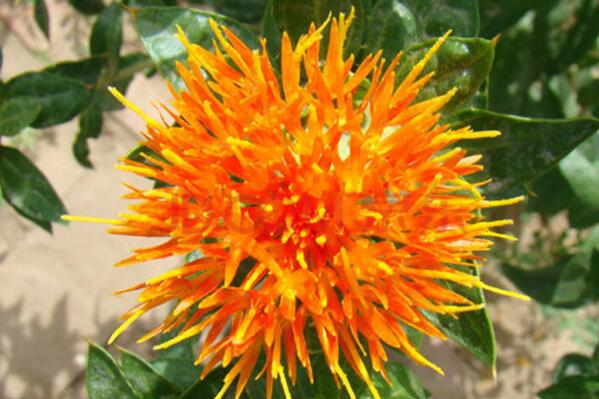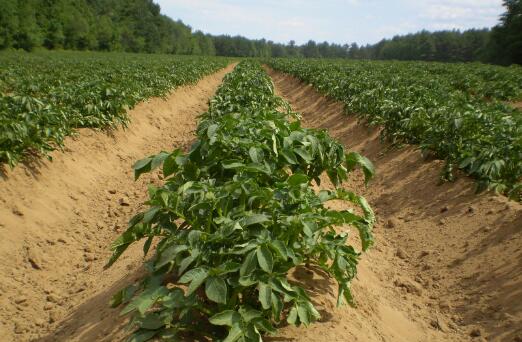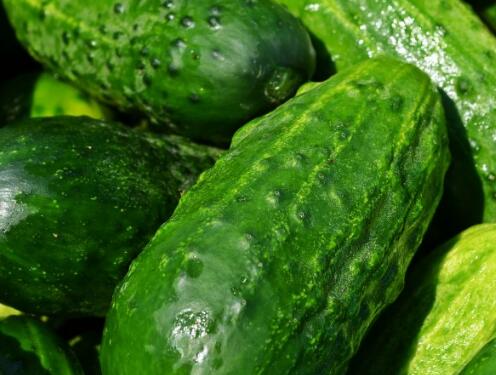How much is the price of herbaceous safflower seeds per jin? When will it be planted and harvested? How do you plant it?
Safflower, also known as red and blue flowers, thorn safflower, with a special aroma, taste slightly bitter. It is better to have long flowers, bright red color and soft quality. It mainly produces Henan, Hunan, Sichuan, * *, Xizang and other places. So how much is the price of safflower seeds per jin? When will it be planted and harvested? How do you plant it? According to Mr. Wang of Shuyang seed Company, the price of safflower seeds is generally about 28 yuan / jin, and the sowing amount is 8-10 jin per mu.

When will safflower be planted and harvested?
Planting:
Bulb propagation is the main method. The mature corm has several main and lateral buds, and after anthesis, it expands from the base of the leaf cluster to form a new corm. The new bulbs are dug up and planted every August-September and can blossom in the same year. It takes 4 years for seed propagation to blossom.
Harvest:
1. Corolla lobes open, stamens begin to wither and yellow, flowers bright red and oily begin to harvest, it is best to pick every morning, when the Corolla is not easy to break, bracts do not sting. Special attention should be paid to the fact that safflower should not be harvested too early or too late; if it is harvested too early, the flowers will not be pollinated and the color will turn yellow. When harvested too late, the flowers turn purple-black. Therefore, harvesting flowers too early or too late will affect the quality of flowers and flowers should not be used medicinally.
2. When the safflower plant turns yellow, there are only a few green bracts on the bulb, the bulb loses water, the seed hardens, and shows the inherent color of the variety, it can be harvested. It is generally harvested by ordinary grain combine harvester.
How do you grow safflower?
Cultivation: propagation method: saffron can be propagated by bulblet method and sowing method, but mainly by bulb propagation.
1. Divide the ball to breed. It is generally carried out from August to September, the mature corm has several main and lateral buds, and after flowering, it expands from the base of the leaf clump to form a new corm. After the aboveground part withered in summer, the corm was dug out, graded, dried and stored. The early planting time is beneficial to the formation of strong seedlings. Each mature bulb has several main buds and lateral buds. When planting, big balls and small balls of more than 8 grams should be planted separately. Bulbs weighing less than 8 grams can not blossom in the same year and need to be cultivated for another year. The pot should choose the spring flower species with bulb weight of about 20 grams in October, and the flowerpots with an inner diameter of 15 centimeters can plant 5 to 6 balls in each pot. After planting, put it outside for maintenance. It takes root after about two weeks and moves to a place with sufficient indoor light and fresh and moist air. New Year's Day can blossom before and after. The residual flowers should be picked immediately after flowering to avoid nutrient consumption, and compound fertilizer solution dominated by phosphorus and potassium should be applied once or twice to promote bulb growth and sturdiness. Continue to maintain normally, until the aboveground part turns yellow in summer, take out the bulb and store it after drying. Saffron can also be water-raised and ornamental, in the same way as daffodils.
2. Sowing and reproduction. As saffron is not easy to seed, it needs artificial pollination to get seeds. After the seeds are ripe, the seeds will be sown in the open field seedbed or pot with harvest. The seed sowing density should not be too high, and it is better to be sparse, because the plant needs to grow balls and generally cannot dig within 2 years. It often takes 3-4 years from seed sowing to plant flowering.
Season:
1. Cultivation and management of saffron like a warm and humid environment, afraid of extreme heat. The suitable temperature for growth and flowering is about 15 ℃ and 16 ℃ to 20 ℃ respectively. Afraid of extreme heat, more hardy, avoid continuous cropping. Loose, fertile and well-drained sandy loam with a ph of 5.5 to 6.5 is required. Avoid sticky soil and wet water for a long time. The growth is characterized by dormancy in summer, rooting in autumn, long leaves, florescence from October to November, and flowers blooming day and night. It does not bear fruit under general cultivation conditions, and the whole growth period is about 210 days. Both spring flowers and autumn flowers are bulbous flowers planted in autumn. That is, it begins to sprout in autumn, blossoms in winter and spring, the fruiting species bear fruit, and the summer enters the dormant period. The life span of the bulb is one year, which is similar to the tulip, and the new and old bulbs are renewed alternately every year.
2. Planting from September to October in autumn, the soil should be sowed and ploughed fine, and fully rotten organic fertilizer and a small amount of superphosphate should be used as base fertilizer. Plant row spacing 1Ocm × 20cm, deep 8~1Ocm, covering soil 5ml 8cm, weeding in time during growing period, paying attention to drainage after rain, loosening soil and watering in autumn drought, keeping soil moist to facilitate rooting. If the flower blossoms in October and the quick-acting phosphate fertilizer is applied once in the bud stage, the flower will be big and colorful. After flowering, it is necessary to apply 1 Mel twice cooked cake fertilizer and water in time to promote the growth of corms. In the northern region, it is necessary to cover grass curtains and other things to protect against cold in winter. The following spring, pay attention to watering, to promote the expansion of the new bulb. The following summer entered the dormant period, the aboveground parts of the plant dried up, the whole growth period was about 7 months, and the optimum growth temperature was 10 ℃ 15 min. It can also promote cultivation. After one planting, the bulbs can be dug out and planted after several years of crowding. The corms were stored in a dry chamber of 17Mel 23 ℃.
3. It is suitable to choose spring flowering varieties for family potted crocuses. Generally speaking, 5-7 bulbs can be planted in tile pots with a diameter of 15 cm and 18 cm, which can be planted from September to October. After planting, pour water and first put outdoor culture, and then move to the cold room after rooting, the room temperature is slightly higher than the outdoor temperature, give sufficient light to blossom at that time. Hydroponic cultivation can also be used to cultivate crocuses.
Pest control:
Sclerotinia sclerotiorum harms corms and seedlings. Injured or diseased corms must be removed in storage to prevent corm deterioration and pathogen infection and spread. It can be sprayed with 500 times solution of 50% topiramate wettable powder.
Time: 2019-03-20 Click:
- Prev

"Solanaceae plant" which variety of potato (potato) is good? How to plant in order to produce high yield? (with variety introduction)
Potato is a perennial herb of Solanaceae, also known as ground egg, potato, potato, etc., the fourth most important food crop in the world, second only to wheat, rice and corn, and has become the world's five largest crops with wheat, rice, corn and sorghum. Native to the Andes of South America
- Next

How to plant cucumber with high yield? How to plant potted plants? What are the nutritional values?
Cucumber is one of the main vegetables in summer in China. It is widely cultivated all over China, and is cultivated in greenhouses or plastic greenhouses in many areas; it is now widely cultivated in temperate and tropical regions. So, how to plant cucumber with high yield? How to plant potted plants? What are the nutritional values? How to plant cucumber with high yield
Related
- Fuxing push coffee new agricultural production and marketing class: lack of small-scale processing plants
- Jujube rice field leisure farm deep ploughing Yilan for five years to create a space for organic food and play
- Nongyu Farm-A trial of organic papaya for brave women with advanced technology
- Four points for attention in the prevention and control of diseases and insect pests of edible fungi
- How to add nutrient solution to Edible Fungi
- Is there any good way to control edible fungus mites?
- Open Inoculation Technology of Edible Fungi
- Is there any clever way to use fertilizer for edible fungus in winter?
- What agents are used to kill the pathogens of edible fungi in the mushroom shed?
- Rapid drying of Edible Fungi

